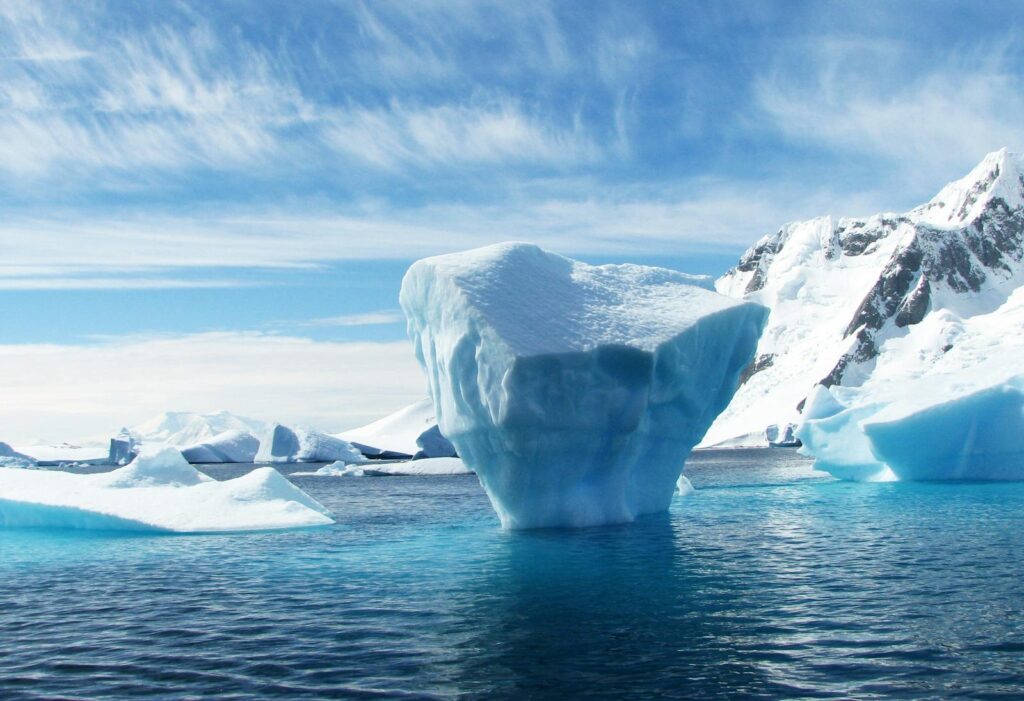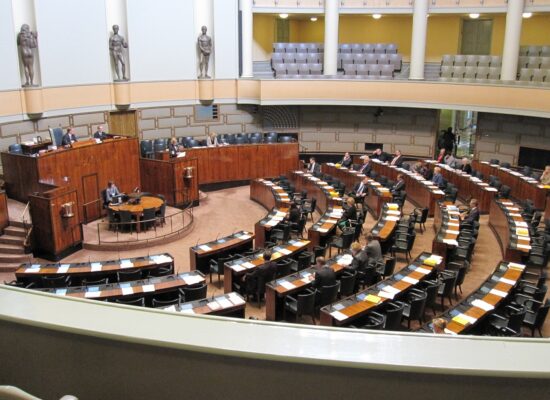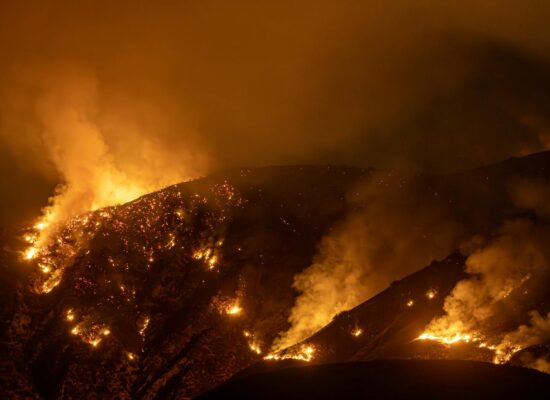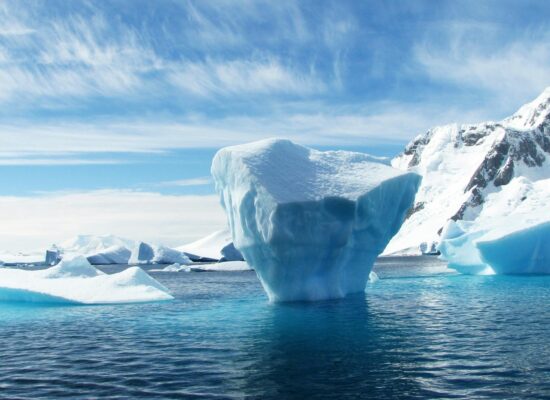The Arctic region, once a frozen expanse largely untouched by commercial interests, is emerging as a global focal point of geopolitical intrigue and environmental transformation. As the ice melts at an unprecedented rate, the Arctic’s vast resources and strategic location are unlocking new opportunities and reviving old rivalries among powerful nations, keen to expand their influence and secure resources critical for the future.
Climate Change: The Catalyst for Transformation
Climate change is the primary catalyst. Rising global temperatures have accelerated the retreat of Arctic ice, uncovering potential reserves of oil, natural gas, and precious minerals. These previously inaccessible treasures are tempting nations to stake their claims, setting the stage for a complex geopolitical dance on a diminishing icy stage.
Geopolitical Tensions in the Arctic
Major Players in the Arctic Rivalries
The major players include the United States, Russia, Canada, and several Scandinavian countries, all of whom are circumpolar states with legal claims or historical interests in the Arctic territory. Russia has been particularly assertive, embarking on a significant military expansion in the region to reinforce its territorial ambitions. This includes reopening old bases and establishing new ones, alongside conducting extensive naval exercises.
The United States, concerned about Russia’s aggressive posturing and the strategic implications of a changing Arctic, has been ramping up its presence as well. It is increasing investments in infrastructure and strengthening military capabilities through collaborations with NATO allies. Canada, while often more subdued in its approach, continues to assert its sovereignty, emphasizing the need for a unified North American strategy to address the emerging challenges in the region.
New Shipping Routes and Economic Implications
The thawing ice also promises the opening of new shipping routes, which could revolutionize global trade patterns. The Northern Sea Route, along Russia’s Arctic coast, offers a much shorter passage between Europe and Asia compared to traditional paths through the Suez Canal, potentially reducing travel time by weeks. This economic prospect adds another layer of competition, with countries racing to extend their control over these emerging maritime corridors.
Environmental and Indigenous Concerns
However, the benefits promised by an accessible Arctic are tempered by significant environmental threats. The fragile ecosystem is already under stress from rising temperatures, and increased human activity, including industrial exploration and militarization, poses additional risks. Indigenous communities, who have lived in harmony with the Arctic’s unique environment for centuries, face an uncertain future as their lands and livelihoods are threatened by new developments.
Efforts for Cooperation: The Role of the Arctic Council
The Arctic Council, an intergovernmental body established to promote cooperation among Arctic states, is working to ensure a peaceful and sustainable future for the region. Yet, its role is complicated by the diverging interests of its member states and the involvement of non-Arctic nations like China, which sees itself as a “near-Arctic state” with a keen interest in participating in Arctic affairs.
Conclusion: The Arctic’s Role in 21st-Century Geopolitics
As the icy frontier continues to transform, the world watches closely. The Arctic is not just a test of diplomatic skill but a reflection of the complex challenges posed by climate change and global power dynamics. With great risks and rewards on the line, how the international community navigates the Arctic’s future will be a defining chapter in the story of 21st-century geopolitics.








